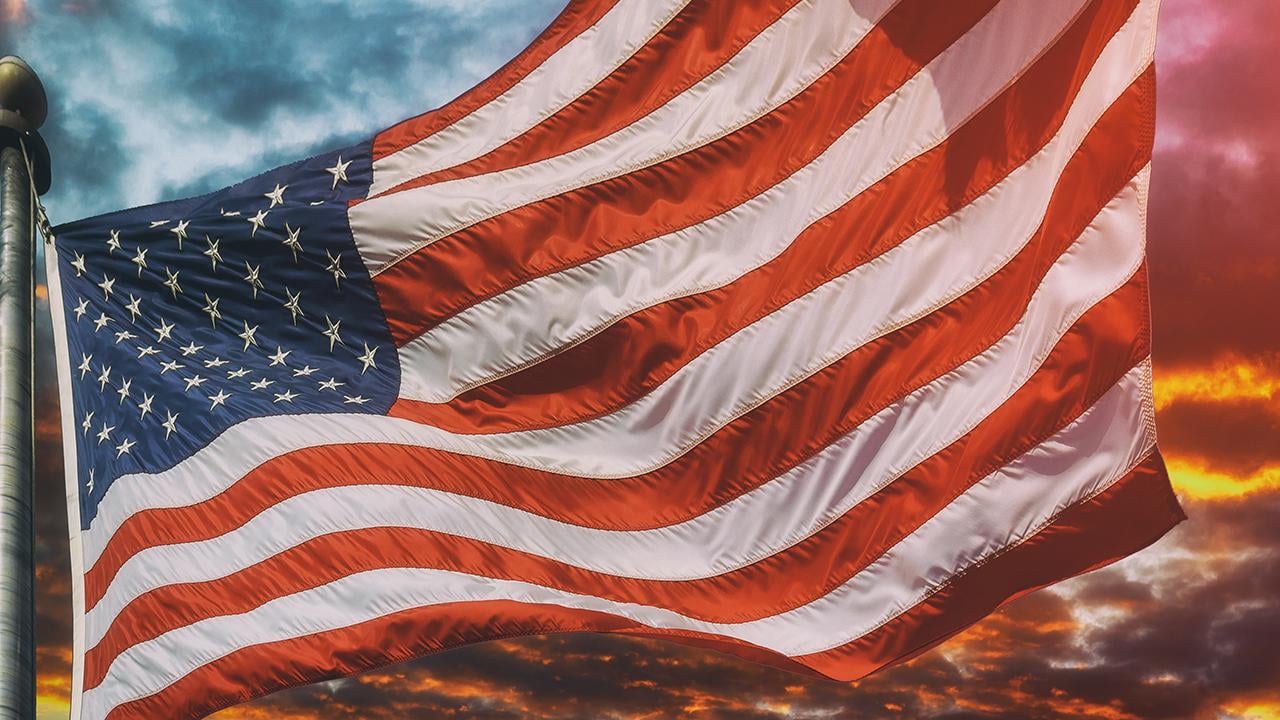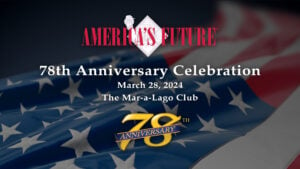
With deepening polarization between “Red and Blue” crushing the fabric of our great nation, is there any wonder that a social media post about a “national divorce” in America rose to the top of the news cycle earlier this week?
Georgia Congresswoman Marjorie Taylor Greene stirred the controversy when she wrote on her social media platforms that it may be time for the two Americas, Red and Blue, to part ways. A look back at American history tells us that she is not the first to call for a national divorce, a phrase that goes down a little easier than secession. In fact, as we continue our exploration of the Federalist Papers in our weekly newsletters, the proposition dates back to the origins of our nation.
Some of the Founding Fathers looked at the original thirteen colonies and saw a wide range of different peoples and cultures. Different industries, for instance, gave rise to different cultures. A Georgia planter spoke the same language as a New York merchant, and they worshipped the same God, though they were likely of different denominations. But given the difference in their industries, their cultures were different. Sometimes their financial interests were in opposition, as well. Accordingly, there were many who believed that the thirteen newly independent states should stay separate entities.
In today’s discussion, the reasoning goes that entirely different value systems have emerged, with the blue cities and areas promoting unrestrained progressivism, while the red states are rooted in traditional, conservative values. How can they co-exist? Do they share enough to call their common ground a country?
The authors of the Federalist Papers — Alexander Hamilton, James Madison, and John Jay — made the case for union. And the Constitution they urged Americans to ratify in their collection of 85 essays and articles published between October 1787 and May 1788, was the contract under which the inhabitants of the new states would join together as one country.
In Federalist No. 2, John Jay, who was the first Chief Justice of the Supreme Court of the United States, argues that the new country has a special mission in the world. “This country and this people seem to have been made for each other, and it appears as if it was the design of Providence, that an inheritance so proper and convenient . . . should never be split into a number of unsocial, jealous and alien sovereignties.”
Jay argued that beyond instrumental reasons of security and economics, there were also, and more importantly, cultural and historic reasons why the thirteen states should unite as one. We share, according to Jay, ancestors, language, philosophy, and customs. And our shared inheritance is the foundation on which Americans have built the greatest nation in world history, a beacon of freedom, and a source of industry, innovation, and inspiration.
And yet it’s impossible to ignore the disastrous conflict less than a century after the Constitution was ratified that pitted men against each other. America’s Civil War stands as powerful evidence that the anti-Federalists had reason on their side, too. Maybe we are not suited for each other.
And so the question before us is the same one our Founding Fathers wrestled with. Are we, to elaborate on our great heritage, one nation drawn from many people? Or are we two nations — one determined to defend the Constitution and revere the Republic, and another with its eyes on a different dispensation, a more dangerous form of political life that appears to be leaning toward tyranny?






